Backlighting in photography can either be a challenging situation or a golden opportunity to create some truly special and striking images. When a light source is directly facing the camera from behind the subject, it can create silhouettes, which are beautiful in their own right. However, with the right techniques, you can go beyond silhouettes to capture detailed, dynamic, and engaging photographs that make the most of this unique lighting condition.
Today’s post is based on concepts from the Photography Lighting Cheat Sheets which are currently 80% off for a Winter’s Last Light sale.
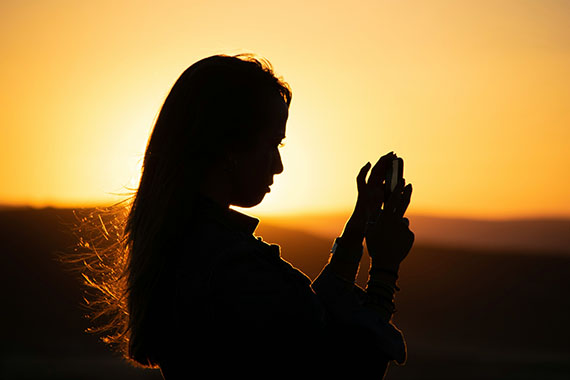
Backlit photo captured by Enrique Jimenez
Here’s how you can master backlighting by employing various techniques like metering, exposure compensation, using reflectors, and incorporating artificial light.
Understanding Metering Modes
Metering is your camera’s way of deciding how much light needs to hit the sensor to make a properly exposed photograph. In backlighting situations, metering becomes crucial because the bright background can trick the camera’s sensor into underexposing the scene, leaving your subject dark and undefined.
- Spot Metering: This mode allows you to meter a very small part of your frame. By pointing this spot at your subject, you can ensure that the camera exposes for the subject and not the bright background.
- Center-Weighted Metering: This is useful when your subject is in the center of the frame. It gives more priority to the exposure in the middle of the frame, balancing the bright background with the need to illuminate the subject.
- Evaluative Metering: Modern cameras are quite sophisticated in this mode, considering the entire frame but giving precedence to the autofocus point. It can be a good starting point, but always review your shots and adjust as necessary.
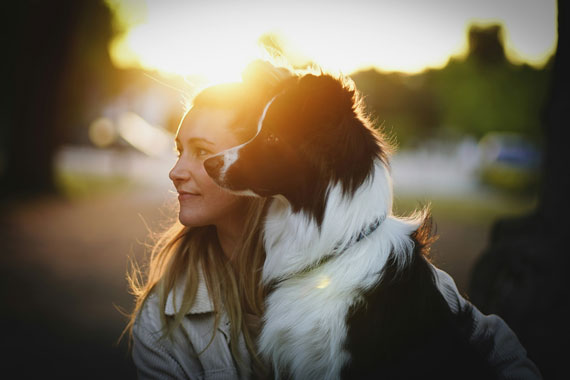
Photo captured by Tino Rischawy
Exposure Compensation
Even with smart metering, you might need to override your camera’s decisions. That’s where exposure compensation comes in. It allows you to dial in a bias towards overexposure or underexposure.
In backlight situations, dialing in a positive exposure compensation value can help illuminate your subject more clearly without overexposing the background too much. Start with +1 or +2 stops of compensation and adjust based on the results you’re getting.
Using HDR
HDR (High Dynamic Range) photography is a game-changer for backlit scenes, allowing you to capture a more balanced exposure across your image. By merging multiple shots taken at different exposure levels, HDR reveals details lost in shadows and highlights, creating a final photo that closely mirrors the natural range of human vision. This technique is particularly effective in backlighting situations, ensuring that your subject is well-lit without sacrificing the ambient beauty of the background. Whether you’re dealing with harsh sunlight or subtle backlight, HDR can bring out the nuances of your scene, providing a richer, more detailed image.
Using Reflectors
Reflectors can be a simple and effective solution to combat the challenges of backlighting. They bounce the existing light back onto the face or side of the subject, filling in shadows and reducing contrast.
- Choose a reflector size based on your subject; a larger reflector for groups or full-body shots, and a smaller one for portraits.
- Silver or white reflectors are versatile for most situations, adding light without changing color temperature.
Introducing Artificial Light
When natural light isn’t enough to illuminate your subject in a backlight situation, introducing artificial light can be a game-changer.
- On-Camera Flash: Use it to fill in shadows on your subject. Dialing down the flash power can provide just enough light to brighten the subject without looking unnatural.
- Off-Camera Flash: For more control and a more natural look, use an off-camera flash. Position it opposite the main light source to fill in shadows effectively.
- Continuous Lights: LED panels or other continuous light sources can also be used to illuminate the subject, allowing you to see the effect in real-time.
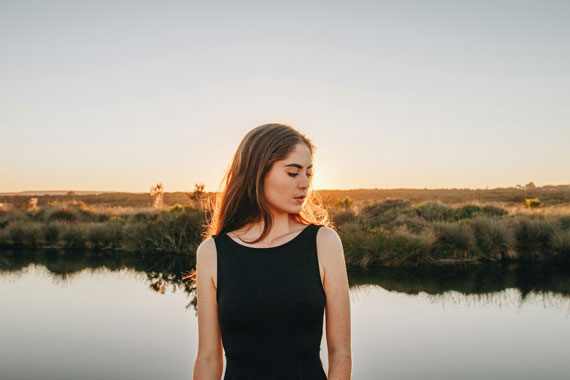
Photo captured by Sonnie Hiles
Summary:
Backlighting doesn’t have to limit your photography to silhouettes. With the right approach, you can create images that are rich in detail and emotion, making the most of this unique lighting condition. Experiment with these techniques, and you’ll find that backlighting can offer a new dimension to your photography, turning potential challenges into opportunities for beautiful, dramatic compositions. Whether you’re a seasoned photographer or just starting, mastering these techniques can elevate your photography from ordinary to extraordinary.
For Further Training:
Lighting is arguably the most important aspect of photography; but do you know how to use it? These in-depth Photography Lighting Cheat Sheets are designed to help. With critical information on ALL the types of natural light and artificial light you can use, you’ll never be unprepared again. They are currently 80% off for a Winter’s Last Light Sale until March 20 – the last day of winter.
Whether you’re a seasoned professional or just starting out, photography cheat sheets can be a valuable resource for improving your skills and taking your photography to the next level. By having all the key information you need in one place, you can focus on what’s important – capturing amazing photos.
Only a few days left: Winter’s Last Light Cheat Sheets Sale
Like This Article?
Don't Miss The Next One!
Join over 100,000 photographers of all experience levels who receive our free photography tips and articles to stay current:
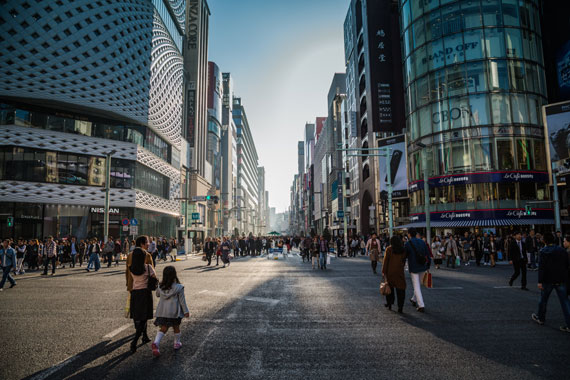
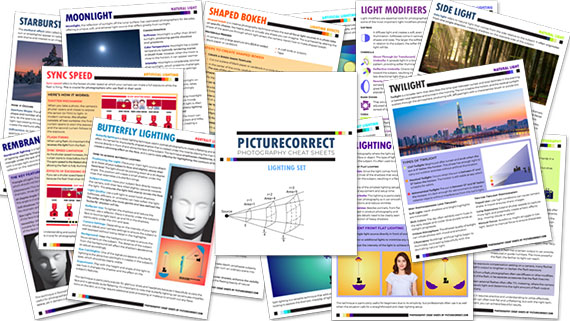






Leave a Reply